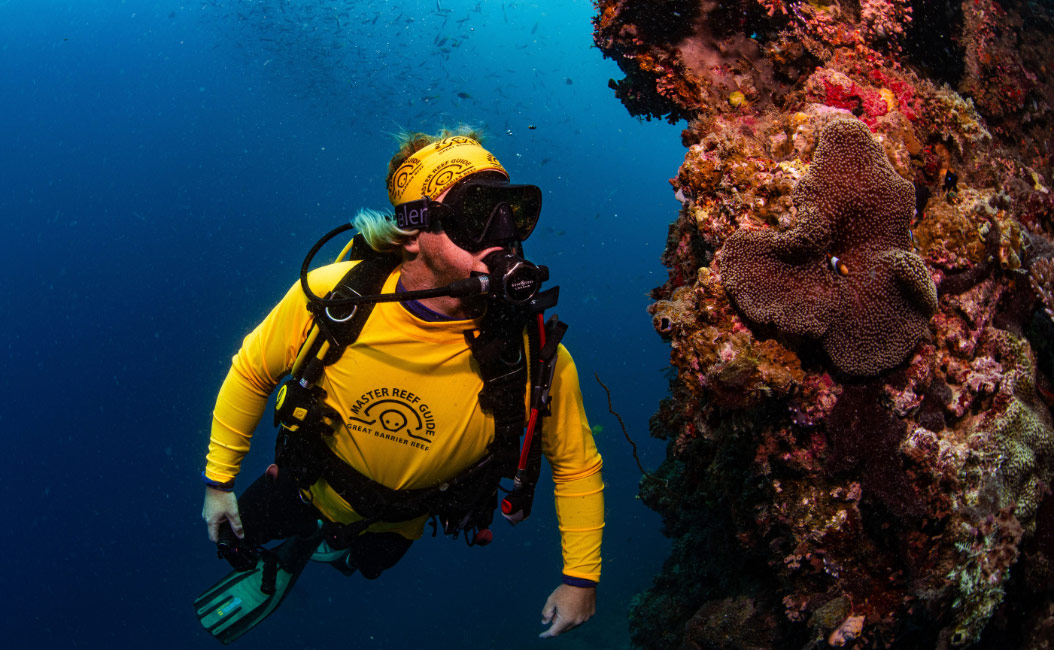
PHOTOGRAPHY BY John Edmonson
Where are you originally from and what’s your earliest memory of loving the sea?
I was born in Kempsey, a town on the mid-north coast of New South Wales.
Like so many Aussie families in the 1980s, my parents’ idea of a holiday was heading to the beach - fishing, 4WD adventures, and what we called “beach missions”. We’d pack a picnic, find somewhere new, and stay a while. I have vivid memories of exploring tidal pools around the headlands and wandering through the mangroves of back creeks and estuaries.
I’ve got to give full credit to my parents. They worked hard to make those trips happen, and those early adventures played a huge role in shaping my love for the ocean and ultimately the direction of my career.
What inspired your journey into marine biology? Who are your marine role models?
I’ve always believed that the most expert and insightful watermen are the ones who live it: Fishermen, surfers, divers, snorkellers, and beachcombers. These are the people who spend time on Country, observing the tides and learning from the rhythm of the seasons.
Some of my earliest memories of the ocean are from Crescent Head, a little surf town, and later as a teenager I called Lennox Head, just south of Byron Bay, home.
Growing up, I had so many heroes from Lord Robert Baden-Powell to Sir David Attenborough, Malcolm Douglas, Ben Cropp, Les Hiddins, Steve Irwin, and of course, Rex Hunt. I dreamed of a life filled with adventure, just like their’s.
What made you move/identify Port Douglas as a great place to live and work?
I originally came to Port Douglas for a wedding. I was best man for friends I’d met while working in the Snowy Mountains, and they chose to tie the knot at Rex Smeal Park, right down at Lovers Cove.
After a week here, I was seriously feeling the laid-back vibes and could sense there were some great job opportunities around. I decided to stick around a little longer to check out the reef, so I booked a scuba diving course and after three days underwater I was completely hooked.
That very first dive changed my life. My entire perspective shifted. I couldn’t believe the reef looked exactly like the documentaries I’d watched as a kid, the ones made by my childhood heroes. The more time I spent down there, the more magical it became.

